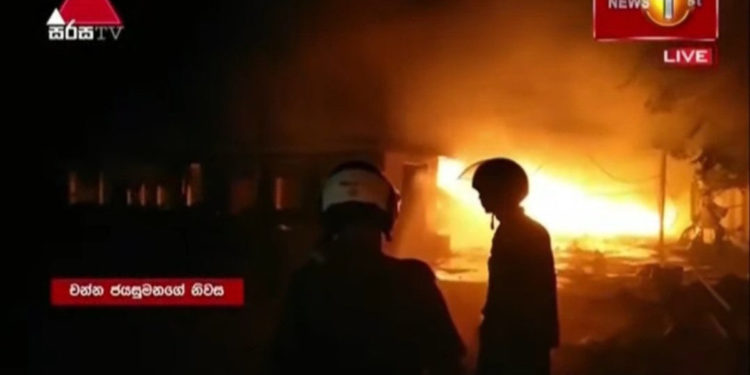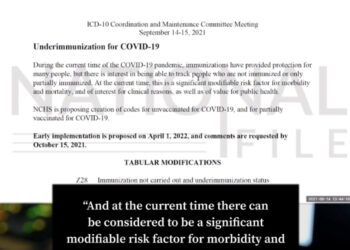Last Updated on May 10, 2022
In Sri Lanka, the nation’s military has been authorized to use deadly force after a night of unrest left at least eight dead. A worsening economic crisis fueled by a decline in tourism, debt defaults and global supply chain issues led to rioting that saw the homes of multiple Sri Lankan politicians burned to the ground.
Demonstrators are calling for the resignation of President Gotabaya Rajapaksa over the island’s worst economic crisis in history. On Monday, his brother, Mahinda Rajapaksa resigned from his post as prime minister after violent clashes erupted in the streets.
The resignation failed to stop the violence, which continued throughout the night. At least eight people were killed while Sri Lankan security forces have been ordered to shoot looters on sight. The government ordered troops to open fire on anyone looting public property or causing “harm to life.”
Tens of thousands of troops have since been ordered to patrol the country’s largest cities. In addition, a nationwide curfew has been extended to Thursday morning in a bid to quell the unrest.
More than 50 houses belonging to politicians were burned overnight, including the home of former Prime Minister Rajapaksa in the nation’s capital of Colombo. At least one member of the Sri Lankan Parliament was reportedly killed on Monday, though the circumstances of his death remain unclear as of this time.
https://twitter.com/DailyWorld24/status/1523934421270863872
A curfew is in force across Sri Lanka after mobs burned down leaders' homes in a night of unrest.
What's behind the escalating clashes?
More https://t.co/PBijvRngMG pic.twitter.com/MiOGIqG4UJ
— BBC World Service (@bbcworldservice) May 10, 2022
Numerous pro-government officials, including Colombo’s police chief, were assaulted by angry protesters. The protesters were retaliating after pro-government demonstrators attacked an encampment in the nation’s Capital, where demonstrators had been peacefully camped out since April 8.
Sri Lanka has been gripped by the nation’s worst economic crisis in history since 2019. The crisis has been fueled by a number of factors but has accelerated as a result of global supply chain issues. Rising global costs of food and fuel have hit the import-heavy island nation quite hard.
In addition, the COVID-19 pandemic-related decline in tourism — which accounts for a sizable share of the nation’s GDP — has had devastating effects. Government policies also led to a major debt default that resulted in a Chinese company taking control of a major port. China has built a sizable share of the nation’s infrastructure under its Belt and Road initiative.
The crisis was further accelerated after President Rajapaksa banned the use of nonorganic fertilizers. This caused the nation’s rice output to decrease, which eventually caused a need to import the key crop.
Sri Lanka’s former Prime Minister, Mahinda Rajapaksa, was evacuated before his family’s ancestral home was burned to the ground. The Rajapaksa family rose to prominence after playing a key role in ending the nation’s long civil war.
Protesters have continued to call for the nation’s leader to step down.
House of just-resigned PM of Sri Lanka Mahinda Rajapaksa burnt down. Houses of many MPs also have been burnt down. pic.twitter.com/oq10kRoiEj
— Sidhant Sibal (@sidhant) May 9, 2022



















